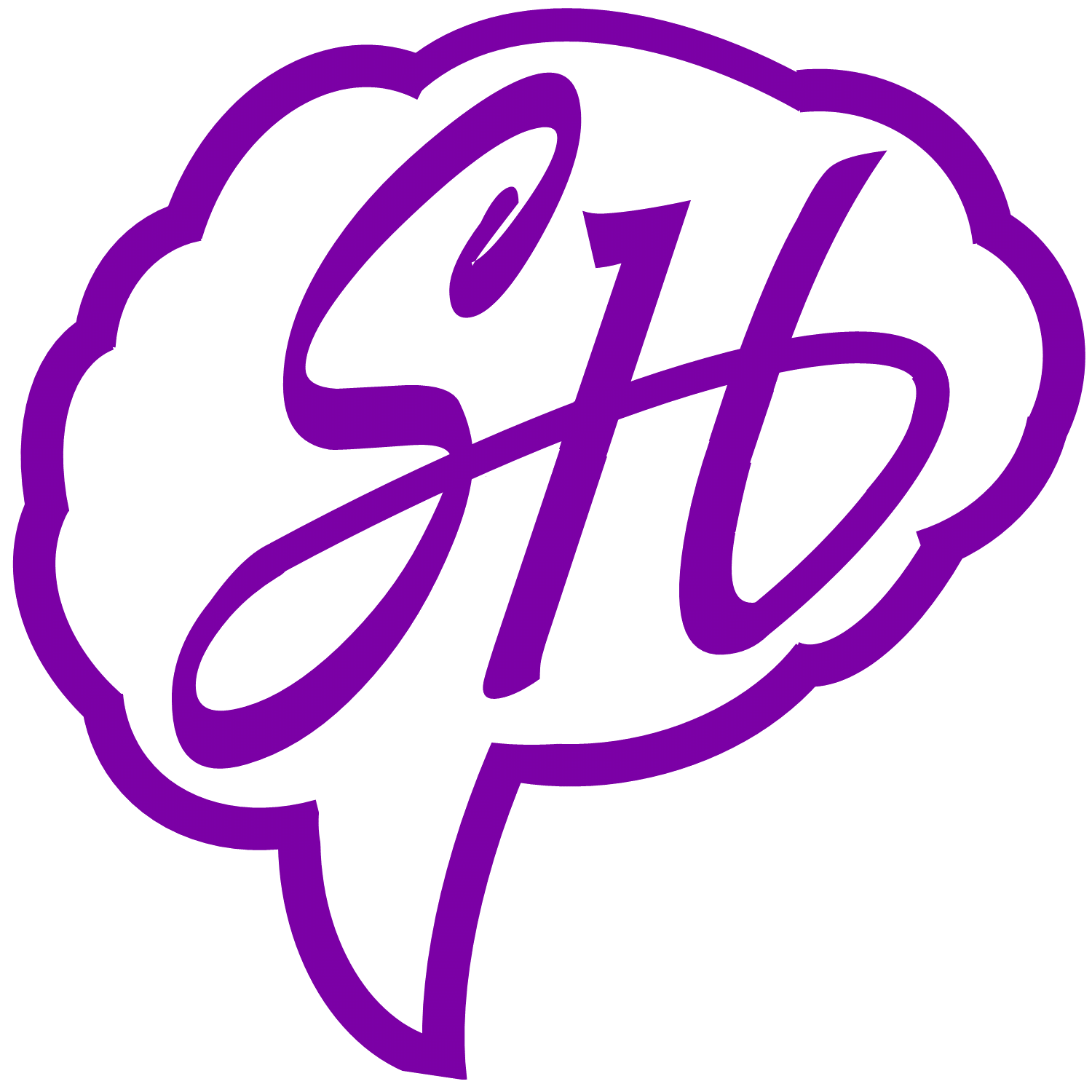When What You See Is NOT All There Is
- Steve Haffner

- Apr 12, 2024
- 3 min read

Imagine I told you that my friend Percy is engaging, insightful, funny and comfortable in front of strangers. Do you think he would make a good public speaker?
Most people say “Yes.” But what if Percy is also extremely offensive on stage? Or habitually late for engagements? Well, that’s not fair because you didn’t know that about him, right?
This illustrates two things: not only are we often missing information when we need to make a decision, but we don’t even realize there is other information. We feel like we have enough data to go on.
What lies beneath
Like an iceberg or an alligator's eyes peering above the water's surface, most of what we need to know cannot be seen without a deeper look.
In his book, Thinking, Fast and Slow, psychologist Daniel Kahneman coined this cognitive bias WYSIATI – What you see is all there is. He describes our instinctual brain system (system 1) as a master storyteller and will tell us a believable story based on very limited information, making us feel that what we see is all there is to know, or at least all we need to know.
Leaping Ahead
Why do we jump to conclusions and run with first impressions even though a small amount of thought would tell us that we don’t have all of the pertinent information? Survival.
Our subconscious survival-focused mind craves the feeling of certainty so it can act fast and avoid danger. Recognizing that there is great uncertainty due to missing information would slow you down, keep you from acting and put you at risk of being eaten.
As 21st century humans, though, we rarely (almost never) need to act or make a judgment immediately like our primitive ancestors did in their harsh and dangerous environments. You are not in danger of getting eaten no matter how slowly you decide and act.
WYSIATI is why first impressions are so impactful. We make judgments based on scant information. It also explains why it is so difficult to see other perspectives on an issue or argument after we have initially been exposed to only one side of it. That is especially true when the subject has a strong emotional element.
Think about when a friend or family member passionately told you about an injustice that someone else has inflicted on them. You are likely to adopt their belief and judgment about the other person, their intentions and the situation, even though you know full well that you are only hearing one side of the story.
You see this in social media with increasing frequency. An "influencer" posts outrage about someone without knowing the full story. There’s no time for thoughtful consideration. Must post now!
“Slow down, you move too fast”
To mitigate the effects of WYSIATI, we need to add a step to the way we process information. Changing how you think isn’t easy - but if repeated it will become a habit.
The situations to be most cognizant of are when you are judging a person or an event. Your first exposure to them or it will probably only give you one side and almost certainly would be missing important information. Don’t make snap judgments. Resist the urge to jump to a conclusion because of someone else’s opinion (which may be emotionally biased).
Consider asking yourself these questions:
Is there another side to the story?
What other pertinent information could make my judgment more accurate and rational?
Can I afford the time it takes to get the additional information?
Be more systematic in your approach to judgment and decision making and belief forming. You can be sympathetic to that friend who is crying on your shoulder about being treated badly, without rushing to judge the other person until you learn more about what went down.
As a magician, my job is to conceal information from the audience. I will even provide misleading information or will outright lie in order to keep the audience off the scent of the secret. But I need to do it sneakily, in a way that doesn’t make them question it or become suspicious. That’s how WYSIATI works - we don’t know what we don’t know.
The key is to be suspicious. Be curious. Because what you see is rarely all there is.
Think well - live well.
- Steve Haffner, speaker and mind performance strategist
Want to learn more about improving your decision making performance?
Click here for my free book, 7 Strategies for Making Better Decisions
